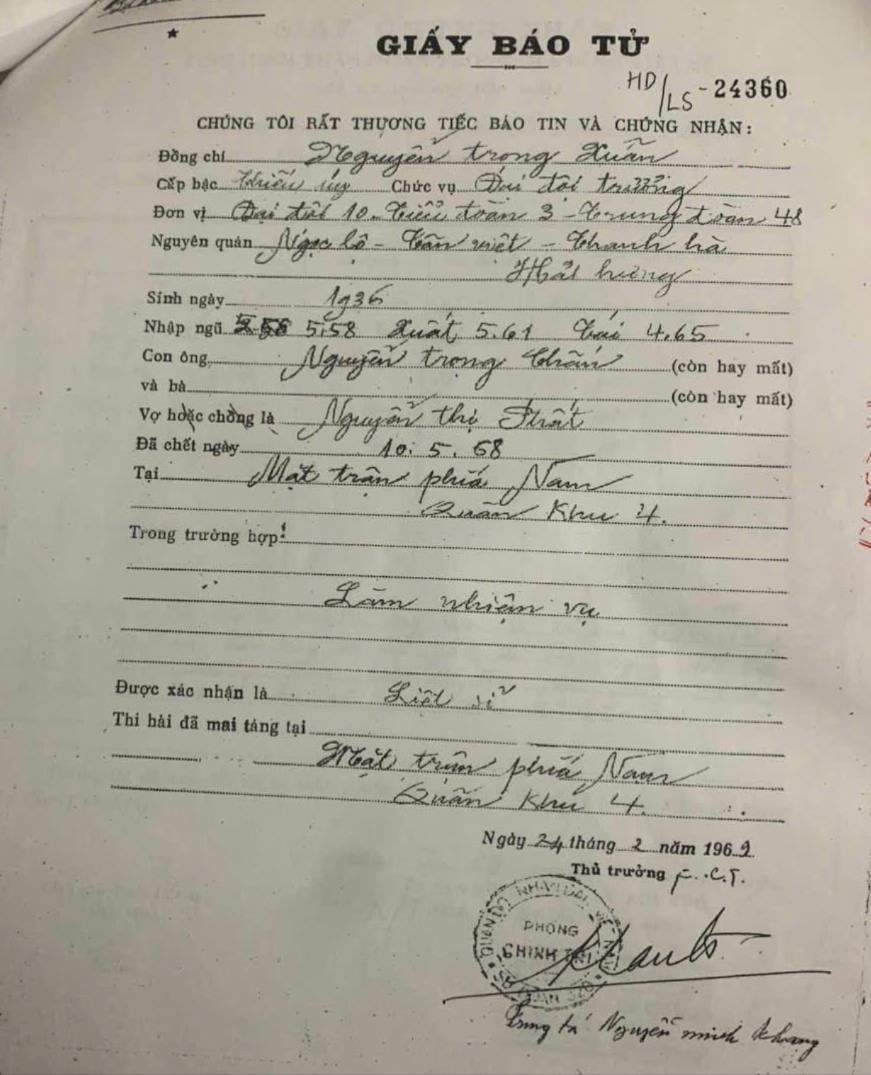
Many martyrs remain.
At the age of 22, Mr. Nguyen Trong Xuan joined the resistance war against the French. In April 1965, when the resistance war against the US entered its most difficult phase, Mr. Xuan re-enlisted.
Through sparse letters sent to his family in Ngoc Lo village, Tan Viet commune, Thanh Ha district ( Hai Duong ), relatives knew he was a lieutenant, Captain of Company 10, Battalion 3, Regiment 48.
The death notice dated February 24, 1969 sent to the family also showed this information, but only stated: Martyr Nguyen Trong Xuan sacrificed on May 10, 1968 at the Southern front, Military Region 4, his body was buried here...
From the little information in the letters, relatives determined that he participated in the Route 9 - Khe Sanh Campaign. However, 57 years have passed, and despite searching through many sources of information, the family has not been able to determine where martyr Nguyen Trong Xuan is located, in the vast mountains and forests of Huong Hoa.
During these historic April days, at Ta Con airport, we happened to meet veteran Bui Minh Thuyen, originally from Thai Binh , now living in Son La. Mr. Thuyen was born in 1948, and belonged to the 304th Division operating in Tri Thien. He was a soldier of Thanh Co, currently participating in the support group to find information about martyrs. Mr. Thuyen has found 32 martyrs for the families. He said that during the Route 9 - Khe Sanh Campaign, both our side and the enemy concentrated strong firepower, fighting in the rugged mountainous area, so finding information and gathering martyrs was extremely difficult. Many martyrs still remain in this land forever.

As a later generation, entering Quang Tri to take over Huong Hoa when Khe Sanh was completely liberated, but Mr. Le Xuan Tho (born in 1955, veteran of Thanh Binh ward, Hai Duong city) still has intact the image of a desolate mountainous area under the destructive power of thousands of tons of bombs.
Mr. Tho was then in Company 3, Battalion 7, Information Corps, specializing in transporting documents and papers. "At that time, Huong Hoa was liberated but it was still a sacred forest, poisonous water. There were no birds or animals because the artillery had driven them all away. We were very lucky to meet the Van Kieu people passing by. Khe Sanh intersection was in ruins. Malignant malaria was tormenting us. When we got there, it was liberated, but life was still like that, so we knew how fiercely you had to fight and how poorly you lived during the campaign," said Mr. Le Xuan Tho.
Strategic feint of the Liberation Army
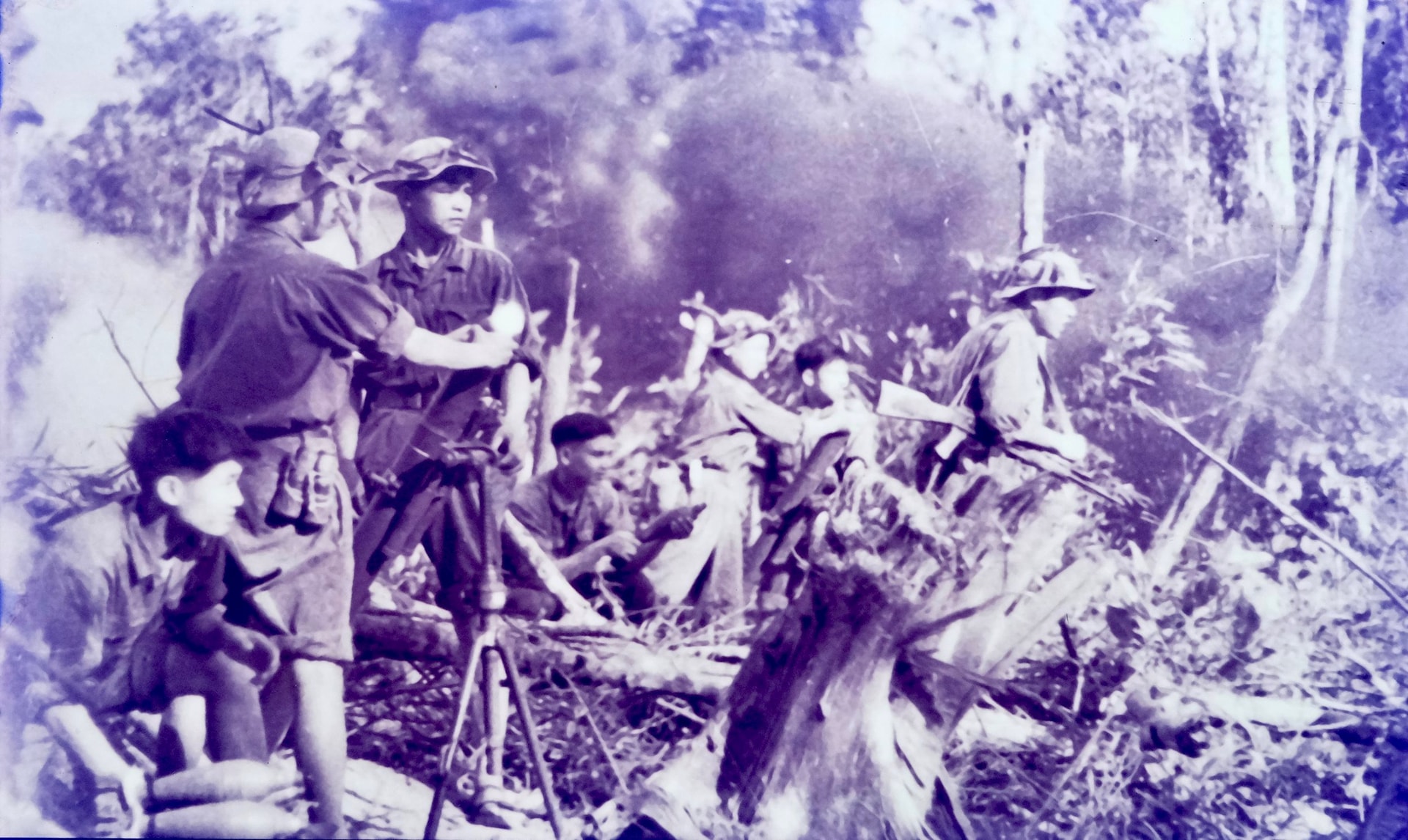
Khe Sanh town is located in the center of Huong Hoa district, Quang Tri province. If in the Dien Bien Phu campaign, the French established a stronghold to lure the Viet Minh to the Dien Bien basin, then in 1968, with its strategic location and putting the Americans in a diversionary position for the 1968 Spring General Offensive and Uprising, we forced the Americans to come to Khe Sanh.
Khe Sanh has an extremely important position as it is located on Route 9 - the strategic road in the northernmost part of South Vietnam, the road leading to Laos and leading to the legendary Ho Chi Minh trail.
Since the end of 1967, the US has assessed that we are not yet capable of a large-scale attack. To deceive the Americans into believing that assessment, the General Staff has drafted a strategic diversion plan to serve the General Offensive and Uprising, and at the same time built a series of diversion plans at both the central and local levels, in coordination with intelligence agencies, diplomacy, press, and radio.

In the direction of Route 9, we used the main force's offensive to attract, disperse forces, pin down, and destroy the enemy. Blockade Cua Viet port, destroy outer strongholds such as Huong Hoa, Huoi San, Cam Lo... to isolate the US troops in Khe Sanh. In fact, the campaign took place and achieved our intention. The Liberation Army was able to mobilize strong mobile units, including the entire 1st Airborne Cavalry Division, most of the US Marine Corps, and the 3rd Airborne Brigade of the Saigon army, causing them heavy losses, creating favorable conditions for our army and people to launch a general offensive and uprising in the urban areas.
To carry out the campaign's determination, we used a large main force including the 304th, 320th, 324th, 325th infantry divisions, local regiments and battalions, special forces companies, air defense, reconnaissance, tanks, chemical, engineering, flamethrower... This was the first time we organized a large-scale coordinated campaign with the participation of many military branches, operating in a large area.
On the other side, in late 1967 and early 1968, on Route 9 from Cua Viet to Lao Bao, the Americans concentrated up to 45,000 troops, including 28,000 American troops, with absolute superiority in technical troops, especially air force and armor.
Along with the military attack on the enemy's defense system in the Route 9 - Khe Sanh area, our press and radio agencies limited propaganda about battles in the Southern urban areas, focusing on propaganda about Route 9 - Khe Sanh. Therefore, the battle in Khe Sanh attracted special attention from the American media and public.
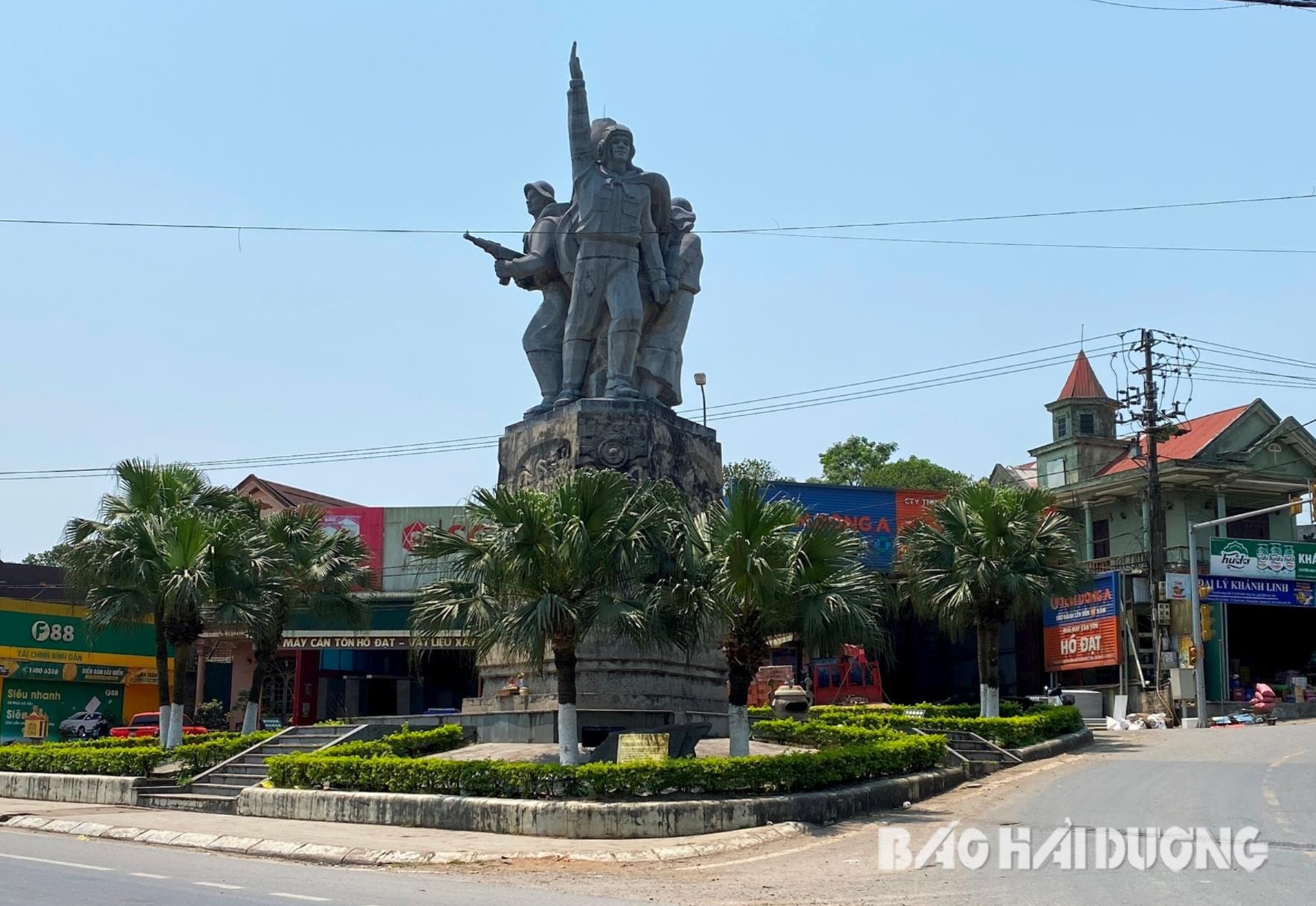
While Khe Sanh became the focus of attention of the political arena and the entire United States, we simultaneously launched the General Offensive and Uprising throughout the South. The Khe Sanh Front completed its mission of forcing the US Military Command in South Vietnam to disperse its forces and be surprised by our strategic offensive direction in the spring and summer of 1968.
At the end of the campaign, our army and people eliminated 11,900 enemy soldiers from combat, shot down 197 planes, sank and burned 80 transport ships, destroyed 78 military vehicles, 46 cannons and mortars; broke a section of the enemy's Route 9 defense line; liberated Huong Hoa district... The US army and Saigon army had to withdraw from an important strategic position on the Route 9 defense line.
Director of the Vietnam Military History Institute, Major General Nguyen Hoang Nhien assessed: The victory of Route 9 - Khe Sanh together with the victory of the General Offensive and Uprising in the spring of 1968 in all the cities of the South defeated the US's "Local War" strategy, bringing our people's resistance war against the US to save the country to a higher level, moving towards the complete defeat of the invading US imperialists.
After 170 days and nights of attacking, besieging and driving out American troops from Khe Sanh, on July 9, 1968, Khe Sanh was completely liberated.
Khe Sanh - a testament to the crushing defeat of the Americans and the Saigon government today has developed dramatically. Route 9 - the legendary road has become the trans-Asian route on the East-West Economic Corridor axis.
During the war against the US, Khe Sanh wrote an immortal heroic epic about the will and bravery of the "barefoot, steel-willed" people with a side that had the most modern weapons and equipment on earth. The victory on Route 9 - Khe Sanh contributed to bringing the resistance war against the US to complete victory, unifying the country, bringing the country back together, and North and South reunited.
Lesson 3: Hue land, resilient spring 68
TIEN HUYSource: https://baohaiduong.vn/tro-lai-nhung-chien-truong-lich-su-bai-2-tien-cong-vay-ham-hoan-toan-giai-phong-khe-sanh-409852.html







![[Photo] Cat Ba - Green island paradise](/_next/image?url=https%3A%2F%2Fvphoto.vietnam.vn%2Fthumb%2F1200x675%2Fvietnam%2Fresource%2FIMAGE%2F2025%2F12%2F04%2F1764821844074_ndo_br_1-dcbthienduongxanh638-jpg.webp&w=3840&q=75)
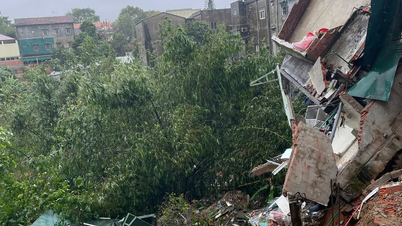

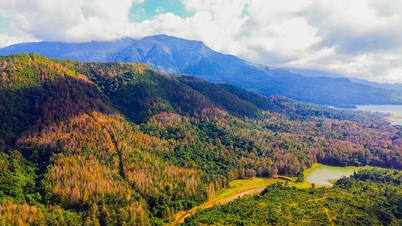




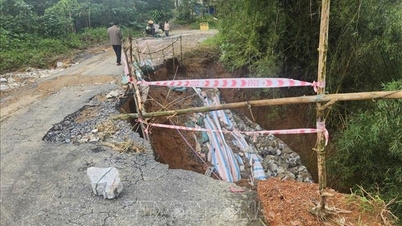

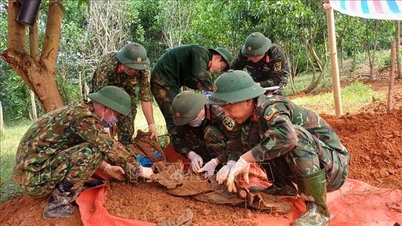
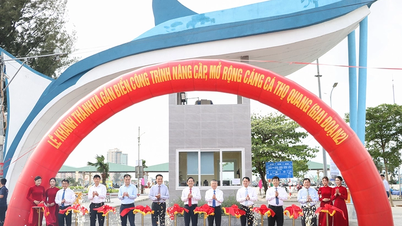





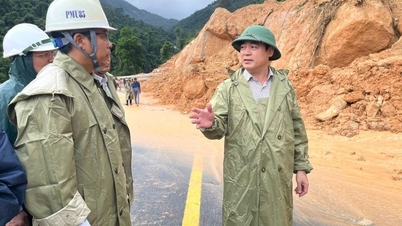

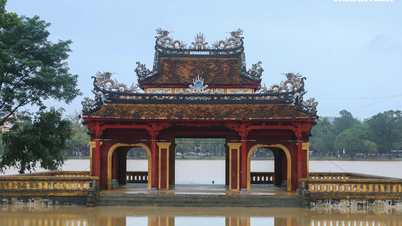





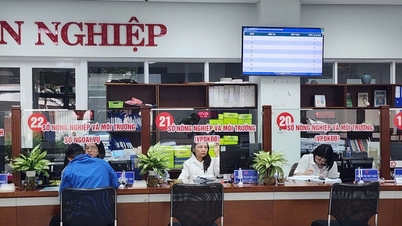






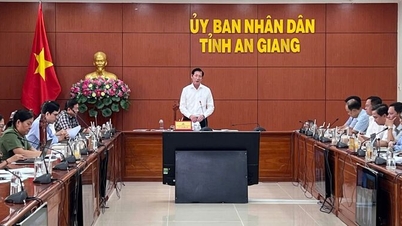

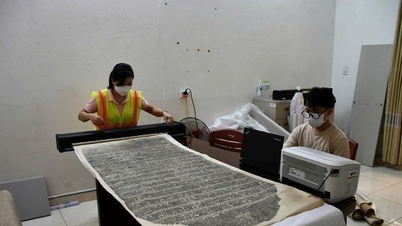

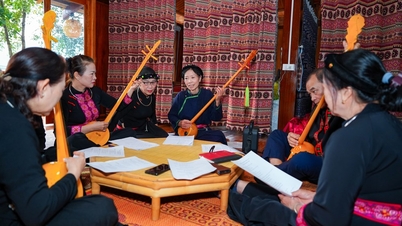



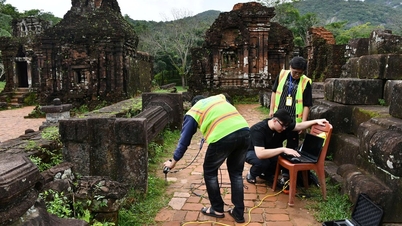
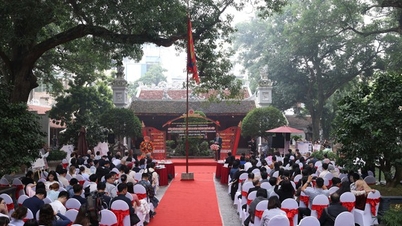


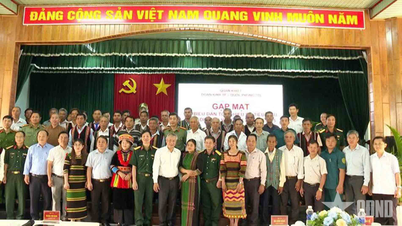



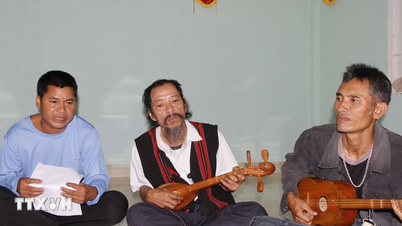



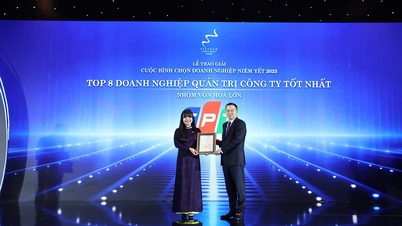



![[VIMC 40 days of lightning speed] Da Nang Port: Unity - Lightning speed - Breakthrough to the finish line](https://vphoto.vietnam.vn/thumb/402x226/vietnam/resource/IMAGE/2025/12/04/1764833540882_cdn_4-12-25.jpeg)
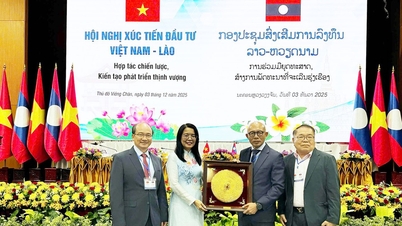
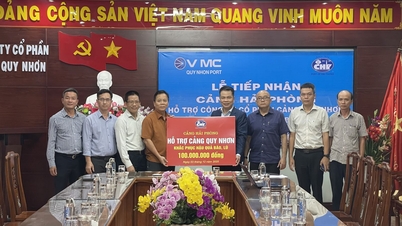






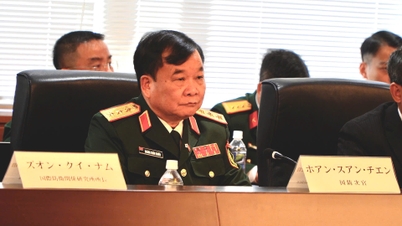


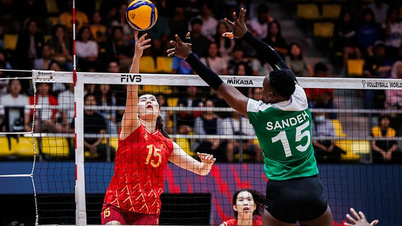


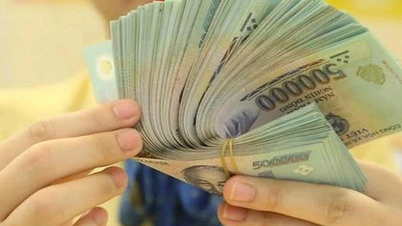
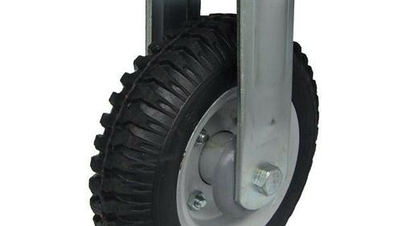


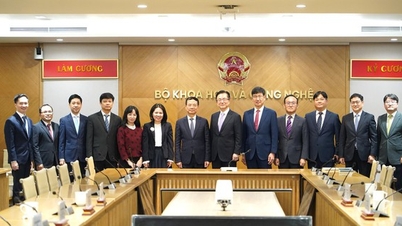

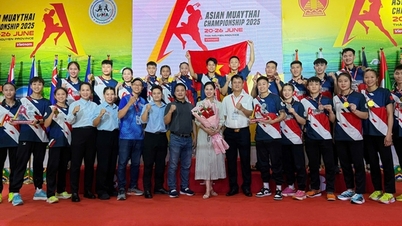
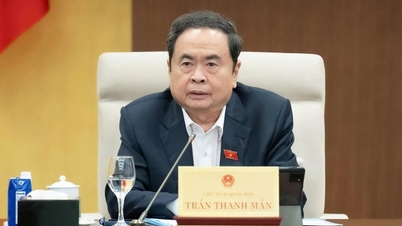


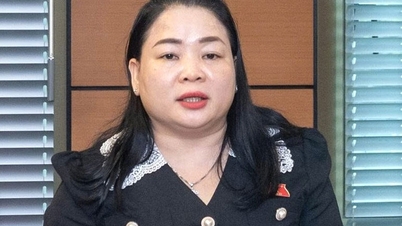

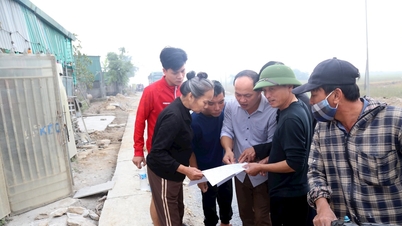

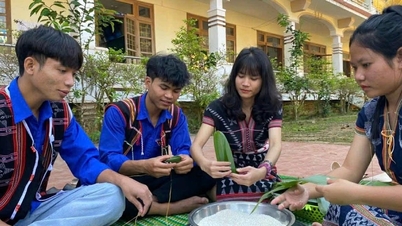
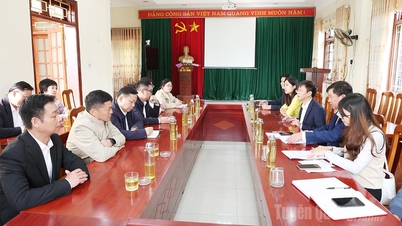



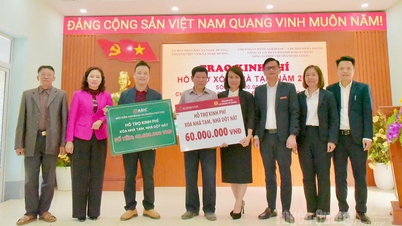










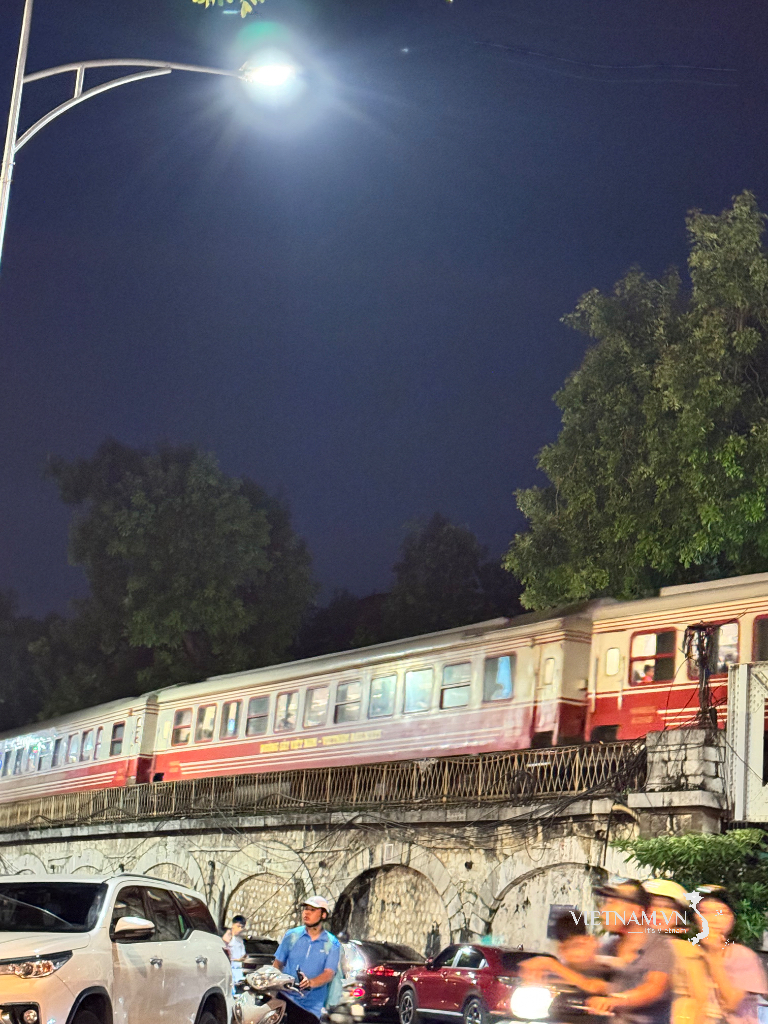


Comment (0)